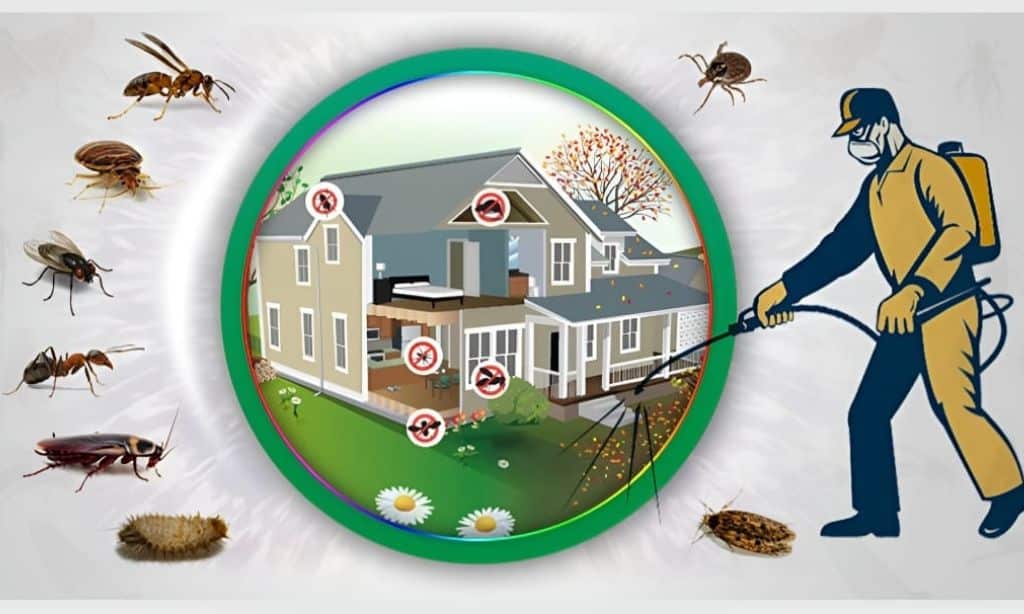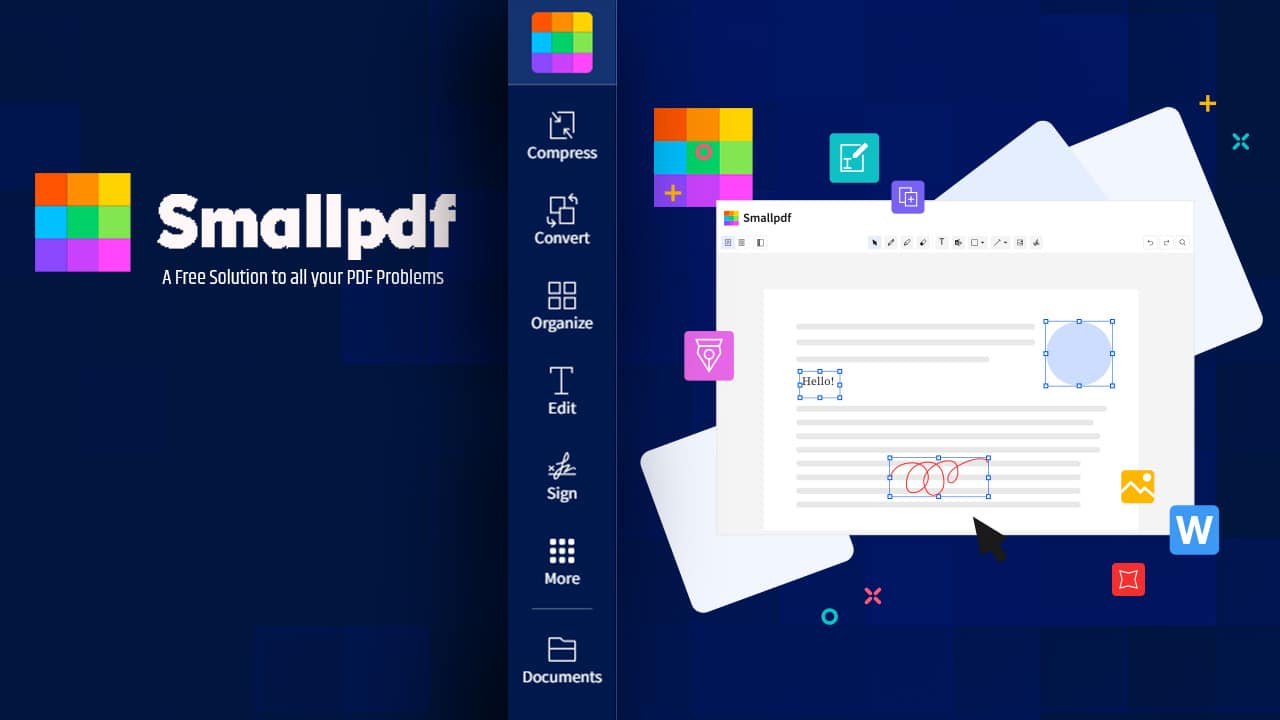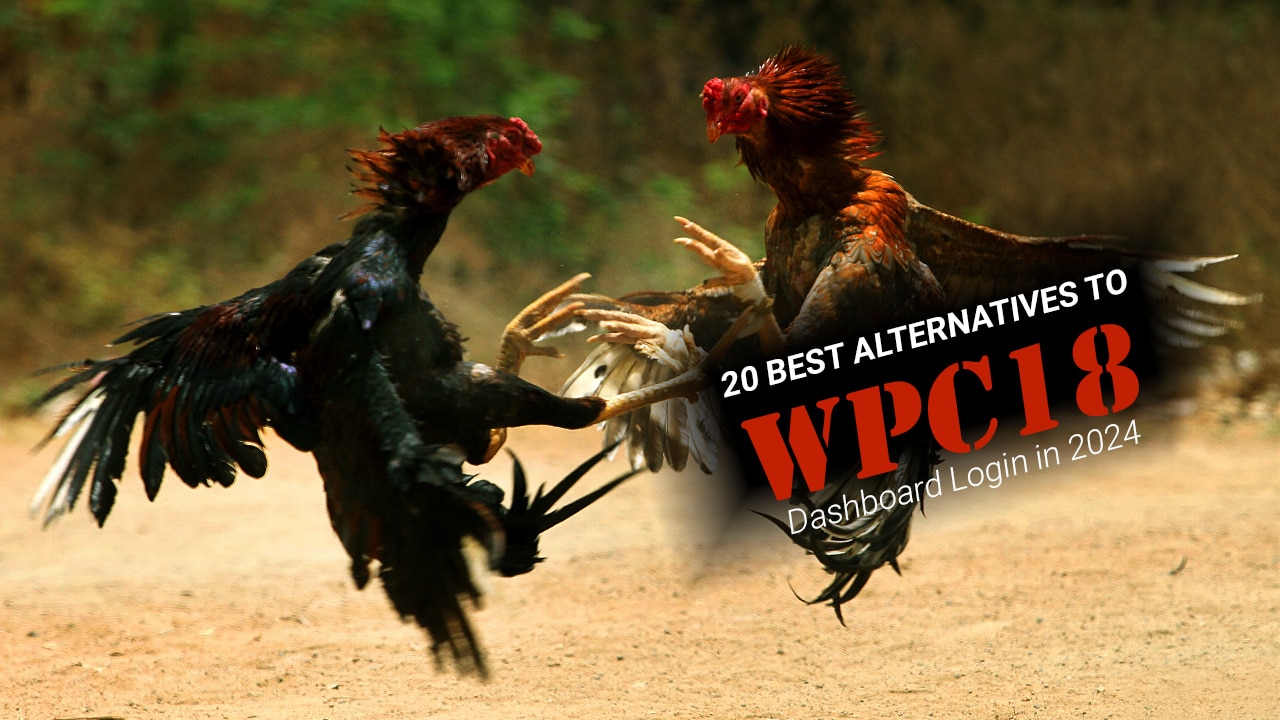Dealing with pests in your home can be incredibly frustrating. From ants invading your kitchen to mice scurrying around your basement, pests seem to find their way inside, no matter how clean you keep your living spaces. Trying out new pest control methods can help get an infestation under control safely and effectively. Explore the best pest control methods in this in-depth article.
This article will provide an overview of 14 of the most effective DIY and professional pest control methods to try in your home. Implementing the right techniques will rid your house of unwanted critters for good.
Content Highlights
- Identify what type of pests you aim to control before taking action.
- Eliminate pest access to food, water, and shelter inside your home.
- DIY sprays, traps, and dust effectively control some insect cases.
- Seek professional pest control help for extensive infestations.
- Maintaining cleanliness and installing preventative barriers strengthen pest defense.
Best Pest Control Methods: At a Glance
Check out the following table to learn the best pest control methods briefly.
|
Method |
Description |
|
Research pests |
Identify the types of pests and observe their behavior patterns. Choose control methods accordingly. |
|
Remove access to necessities |
Store food in sealed containers. Fix leaks. Seal cracks and holes. Clear clutter. Make the home inhospitable for pests. |
|
Natural insecticides |
Use essential oils, vinegar, and diatomaceous earth to repel or kill ants, roaches, and flies naturally. |
|
Pest-specific traps |
Use bait or adhesives to trap roaches, ants, flies, and mice. Indicates areas to target with other methods. |
|
Insecticidal dusts |
Contain lethal ingredients for bugs. Cockroach dust treats wall voids. Ant dust prevents indoor entry. Flea dust is for larvae. |
|
Professional services |
Exterminators use commercial-grade chemicals, intensive treatment processes, and advanced equipment for severe infestations. Methods include spraying, fumigation, and heat treatments. |
|
Vacuuming |
Special vacuum attachments remove insects, droppings, etc. while minimizing the dispersal of allergens and dust with HEPA filters. |
|
Biological methods |
Introduce or bolster natural predators like ladybugs, nematodes, and predatory insects. Utilize microbial pesticides. Customized, sustainable solutions. |
|
Microbial Control Agent |
Utilizes bacteria, viruses, and fungi to curb insect outbreaks. Applied around pest habitats and ingested to spread lethally through populations. Customized microbes allow pros to leverage nature’s arsenal against pests. |
|
IPM |
Integrated pest management combines multiple techniques into a tailored, eco-friendly strategy with the goal of minimizing pesticide use. |
|
Clear landscape debris |
Eliminate moist breeding grounds by raking leaves, clearing gutters and branches, and mowing grass. Repels outdoor pests. |
|
Outdoor insecticides |
Granular spreads, perimeter sprays, and baits placed around the home prevent bugs from entering. |
|
Physical barriers |
Install door sweeps, window screens, and copper mesh. Deter pests with ultrasonic devices and bug zappers. |
|
Maintain cleanliness |
Swiftly remove food waste, fix leaks, frequently sweep and mop, store items properly. Eliminate pest resources. |
Best Pest Control Methods: In Detail
In this section, we’ll discuss the best pest control methods thoroughly. So, keep reading to learn all the best pest control methods in detail.
Research the pests you have.
The very first step to successful pest control is properly identifying the type of pests you are dealing with. Different methods work better depending on the bugs or rodents around your home. Common household pests include:
- Ants are attracted to food sources and moisture. Enter through cracks and crevices.
- Cockroaches seek water and food waste. mainly active at night.
- Mice: Look for food, water, and shelter indoors as the weather turns cold.
- Flies: Lay eggs near wet, decaying organic waste materials.
Spend time observing the pests and their behavior patterns around your home so you know exactly what you’re up against before taking action. In addition, you can also read an article on- The Bugging-Out Beginner’s Guide to Types of Pest Control Methods
Remove food, water, and shelter sources.
Pests primarily enter homes while seeking basic survival necessities, mainly food, water, and shelter. That’s why a critical first pest control step involves inspecting your home environment and removing access to these essential resources through actions like:
- Storing all food in tightly sealed containers so it’s inaccessible
- Fixing leaks and drying out moist areas where pests congregate
- Sealing cracks and small holes where pests enter
- Clearing clutter gives pests places to nest and breed.
Making your home an inhospitable habitat will repel existing pests while preventing future ones from moving in. But for established infestations, take additional pest control measures tailored to the type of animal present.
Use natural insecticides and repellents.
For ant, cockroach, and fly infestations, certain DIY sprays harness the power of nature to get rid of these insects without toxic chemicals:
Essential Oils
Extracts like peppermint, eucalyptus, tea tree, and lemongrass oil naturally repel many insects when sprayed in key areas.
- Along baseboards
- Around entry points like windows and doors
- On countertops and cabinets
The strong aroma overwhelms their senses, causing avoidance.
Vinegar
White vinegar kills ants, fruit flies, and fleas while also deterring roaches and spiders when sprayed directly on them. It can also be used as a preventative measure on baseboards and windows. The acid dissolves their protective exoskeletons.
Diatomaceous Earth
This powder, comprised of crushed fossils, physically damages tiny pests’ bodies, causing dehydration and eventual death. But the substance is non-toxic for children and pets when dry. Sprinkling it along walls, under appliances, and on carpets eliminates some ant colonies and roach nesting spots.
Utilize pest-specific traps.
Traps draw in pests with tempting bait or scents and then capture them using sticky adhesives or containment devices so they can later be disposed of. Well-designed traps eliminate a portion of an infestation while indicating areas of heavy activity.
- Roach and ant traps contain sweet baits, pheromones, and adhesive panels to lure and stick bugs so they can’t return to nesting areas.
- Fruit fly traps: Use vinegar or wine mixtures in bowl-style containers to attract and drown flies.
- Mouse glue traps: Mice become trapped as they pursue the peanut butter bait. Catch-and-release traps are more humane options.
Pay attention to the exact locations where traps collect the most pests; these signal problem zones to tackle using other methods. Additionally, you can also read about: How Long does Pest Control Spray Last?
Apply insecticidal dust
Insecticidal dusts are powders that contain lethal ingredients for common bugs. When pests travel through treated areas, particles stick to their legs and bodies, resulting in toxicity when groomed off and ingested. Advion and Delta Dust are two reliable brands offering products like:
- Cockroach dust is applied to wall voids, cracks, and spaces under appliances where nesting happens.
- Ant dust is sprinkled around gardens and home foundations to prevent indoor entry.
- Flea dust is used along baseboards, under cushions, and across carpets to kill flea larvae.
The long-lasting residuals prevent future colonies from developing in hazardous zones. Coordinate application timing with pest activity patterns for effectiveness.
Request professional pest control services.
For severe household infestations, specialized exterminators have commercial-grade chemicals,like rodenticides, insecticides,and herbicides, intensive treatment processes, and advanced equipment that are unavailable to homeowners. Technicians assess issues and methodically treat the interior and exterior of the property using techniques like:
- Focused liquid spraying: applying targeted insecticide sprays and gels to key areas like under sinks, in wall voids, and along baseboards. highly effective on roaches and ants.
- Fumigation: releasing gaseous pesticides throughout the home’s entirety to penetrate walls and spaces. required for termite elimination.
- Heat treatments: heating up infested areas to lethal temperatures sustained over hours, killing various life stages of bugs.
- Rodent removal: humanely trapping mice and rats before sealing home entry points.
Combining hands-on inspection, treatment, and prevention education provides thorough elimination services when DIY efforts fail.
Suction or Vacuuming Methods
Vacuums are an important tool for pest control professionals. They assist with efficiently removing insects, droppings, and shell bits to reduce health hazards. Special attachments allow vacuums to capture live bugs for identification purposes. Vacuuming hard-to-reach areas clears away hiding spots, minimizes required insecticide usage, and eliminates food sources for pests.
High efficiency particulate air or HEPA filter-equipped vacuums are recommended to minimize dispersing allergens and dust during the process, keeping customers satisfied with a noticeably cleaner home. Overall, vacuums play a valuable support role in integrated pest management through facilitating sanitization, insect removal, and targeted application of chemicals. If you want you can also read- Why is Pest Control Needed for Commercial Areas?
Biological Methods
Biological pest control utilizes natural predators instead of chemicals to manage infestations. Simple methods involve introducing additional ladybugs where local populations are insufficient to control swelling aphid numbers. More advanced techniques bolster naturally occurring pest deterrents, like augmenting nematode levels to parasitize unwanted insects. On the cutting edge, pest control professionals employ engineered microbial products harnessing bacteria strains customized to target specific pests while safely breaking down afterwards. Overall, biological solutions provide environmentally-friendly alternatives to traditional pesticides. When executed properly, they can leverage nature to restore balance disrupted by invasive outbreaks.
Invertebrates and Predatory Insects
Certain insects and invertebrates prey on pest species, providing natural biological control. Beetles, mites, and lacewing larvae all target and consume insects like termites, spiders, aphids, and thrips. These predators are specialized at hunting down pests, much like cats or dogs after mice. Still, some customers resist introducing additional bugs, even beneficial ones, into their homes.
There’s also a risk of generalist predators attacking helpful insects alongside pests. Pest control pros must educate clients that sightings of spiders or centipedes likely signal that these species are already clearing infestations behind the scenes. With proper communication and planning, predatory organisms present an environmental, targeted solution for managing outbreaks.
Parasitic Nematodes and Parasitoids
A small proportion of insects are parasitoids – flies and wasps—that begin life attached to a host. Unlike parasites, parasitoids embed their eggs directly inside another insect’s body. Similar beneficial nematodes offer pest control pros a biological weapon. With microscopic worms thriving underground, helpful nematodes inject toxic bacteria to break down roaches and other pests from within. This makes the insects an ideal nematode food source. With special spraying equipment, millions of nematodes can cover a substantial ground area, targeting fleas, grubs, gnats, and more.
Care is required to select appropriate nematode species and match them to pest targets. As living organisms, shelf life is limited, and environmental conditions like moisture, temperature, and sunlight must align for effective application. Overall, properly leveraged parasitoids and nematodes present an environmental pest control technique, though they may demand more patience than traditional pesticides.
Microbial Contolling Agent
Microbial pest control utilizes bacteria, viruses, and fungi to curb insect outbreaks. After engineering a microbe into a biological insecticide, it is applied around known pest habitats. Upon consumption, the introduced pathogen spreads lethally through the insect population. A common bacteria called Bacillus thuringiensis (Bt) has been developed into targeted strains to control beetles, flies, mosquitoes, and more. It is found today in over 130 commercial pesticide products.
Compared to traditional chemicals, microbial solutions tout advantages like low environmental toxicity and efficacy even in small doses, earning an EPA (Environmental Protection Agency) recommendation. Still, as living organisms, shelf-life suffers, and a diversity of specialized microbes may be required to address the full range of potential pests. Still, properly incorporated into integrated plans, customized microbes allow pros to leverage nature’s own arsenal against invasive insects in a safe, sustainable way.
You May Find Interest: DIY vs Professional Townsville Pest Control
IPM or Integrated Pest Management
Integrated pest management (IPM) combines multiple techniques into a customized, sustainable pest control strategy. Goals involve minimizing environmental impact, understanding ecosystem dynamics, and leveraging natural defenses before resorting to pesticides. An IPM plan for a greenhouse proposed by Oklahoma State University exemplifies the approach, outlining 18 prioritized steps emphasizing oils, growth regulators, and other biological solutions over chemicals.
Executed properly, IPM stems from core best practices performed routinely. Pest identification ensures only targeting observed infestations and not spraying broadly. Regular monitoring via scouting routes facilitates early detection and informed action. Preventative inspection reveals environmental vulnerabilities to address proactively. Threshold-based decisions dictate taking action only when monitored species exceed defined parameters. Finally, control methods are chosen based on effectiveness and ecosystem impact, like luring pests via trap crops before precise chemical use. Over time, such integrated methods foster resilient environments with minimally required intervention.
Clear Surrounding Landscape Debris
Leaves, grass clippings, fallen branches, and other organic landscape waste accumulate quickly outdoors. But these materials also provide ideal damp, rotting environments for pests to thrive when left unclear near home foundations. Make yard maintenance a priority by:
- Raking up leaves regularly
- Clearing gutters clogged with debris
- Pruning overgrown trees or shrubs
- Mowing longer grass
- Moving woodpiles far from the house
Eliminating moist breeding grounds repels outdoorsy pests like ants, termites, and mice attempting indoor entry when the weather cools.
Apply outdoor insecticides.
Granular spreads, liquid sprays, and bait traps placed strategically around a home’s perimeter provide critical defenses, preventing bugs from ever making it inside. DIY options include:
- Ant baits contain slow-acting toxins that are carried back to the colony, gradually destroying it.
- Perimeter sprays: create chemical barriers fatal to insects crossing over. Reapply after heavy rains.
- Grub control: kill beetle larvae in the soil, preventing destructive grub infestations.
Tackling pests outdoors prevents indoor entry altogether. But carefully follow product instructions to avoid environmental contamination.
Install physical barriers and deterrents.
Installing physical barriers denies pests access to structures, while deterrents send sensory signals, causing avoidance. Useful options include:
- Door sweeps: brush fibers prevent crawl-space entry at thresholds.
- Window screens: fine mesh blocks flying insects and rodents.
- Copper mesh is an unappealing metal that deters rodents from chewing into homes.
- Ultrasonic devices emit high-frequency soundwaves only pests can hear, repelling them.
- Insect zappers: electrically draw and trap flying bugs.
Sealing off pest entry points and signaling hazardous zones provides strict perimeter defense.
Maintain extreme cleanliness standards
While pests need food, water, and shelter to survive, even the smallest crumbs, moisture, and clutter can sustain populations once indoors. Maintaining meticulous cleanliness and dryness eliminates these resources through habits like:
- Swiftly wiping counters after meal prep.
- Taking trash out frequently.
- Fixing plumbing leaks quickly.
- Sweeping and mopping floors.
- Cleaning behind appliances and under furniture.
- Storing items in airtight bins off floors.
- Keeping your kitchen clean.
- Keeping your bathroom clean.
- Ensuring proper drainage of water.
- Stop keeping vegetables and fruits out for a long time.
- Maintaining your garden properly.
- Disposing of unnecessary things.
- Keeping things for external use outside.
- Fixing the nets on your windows.
Regular cleaning efforts strengthen other pest control tactics by removing sustenance opportunities. If you want you can also read- The Impact of Pest at Home to Your Health
Takeaway
Controlling pest infestations requires taking action tailored to the specific type of organism invading your home. Sealing entry points, installing barriers, applying targeted insecticides, maintaining cleanliness, and enlisting professionals for challenging cases combine to rid spaces of pests permanently. Follow the best pest control methods discussed here and implement a proactive pest management plan, and your home can stay free of unwanted visitors all year.
Frequently Asked Questions (FAQs)
If you have further queries about the best pest control methods, review these questions and answers.
What time of year do pests try to enter homes most often?
Pests like rodents, ants, stink bugs, and boxelder bugs all attempt to move their colonies indoors as temperatures drop in autumn. Maintaining vigilance with pest control efforts during late summer and fall prevents indoor infestations lasting all winter.
How can I make my home less appealing to pests?
The key is eliminating food sources, moisture, and clutter that pests rely on to survive. Maintaining strict kitchen and bathroom cleanliness, fixing plumbing leaks quickly, clearing landscape debris outside, and sealing cracks also help make a home inhospitable to invading pests.
When should I call for professional pest control services?
Bringing in a licensed exterminator is recommended if you’re dealing with cockroaches, bed bugs, rats or mice droppings, or an infestation lasting more than 2–3 weeks despite thorough DIY treatment efforts. Qualified technicians have commercial-grade insecticides, intensive equipment, and comprehensive experience assessing and resolving severe pest cases.
Which method of pest control is most effective?
The most effective form of pest control is prevention by eliminating access to food. This primarily involves diligent household cleaning and establishing rules to store food securely and dispose of trash properly. Denying pests a food source discourages infestations from developing in the first place and is more successful than trying to remove pests after they have already gained entry. A little effort on the front end to limit available food goes a long way in preventing costly pest problems down the road.
What is the most appropriate pest control?
Using pesticides can offer an effective solution for stubborn pest issues, but it should be done strategically. It is important to only treat affected areas to limit environmental impact. Also, ensure the timing of the application coincides with when the target pest is most vulnerable. Following these best practices allows chemical interventions to successfully eliminate infestations while minimizing overall usage. This targeted approach provides practical control with a minimal footprint.
What is the hardest pest to get rid of?
Bed bugs are challenging pests to eliminate due to their hardy nature and rapid reproduction. Infestations start small but can multiply and spread swiftly throughout a home. At the first signs of bed bugs, taking quick action is critical. Rather than attempting removal on your own, partnering with professional exterminators provides the best chance to combat an infestation. Their extensive experience makes them well-equipped to inspect thoroughly and apply specialized treatment methods designed to effectively wipe out the infestation. Tapping into expertise increases the likelihood of getting bed bugs under control.
What is the most effective pest management strategy?
Integrated Pest Management (IPM) offers an eco-friendly pest control strategy that applies mixed methods rooted in science. IPM leverages in-depth knowledge of pest lifecycles to inform targeted interventions that disrupt breeding and habitat. By blending preventative non-chemical measures with selective pesticide use when necessary, IPM sustains control over time while minimizing environmental side effects. This insight-driven, customized approach allows for the management of current issues and the prevention of future ones.
Title: Best Pest Control Methods: Eliminate Pest Infestations with 14 Proven DIY and Professional Tactics
Meta Description: Learn the best pest control methods, like research pest behavior, remove access to necessities, and deploy natural insecticides, traps, dust, and professional services to effectively eliminate ant, roach, fly, mouse, and other stubborn infestations through sanitization, barriers, and sustainable methods.












































